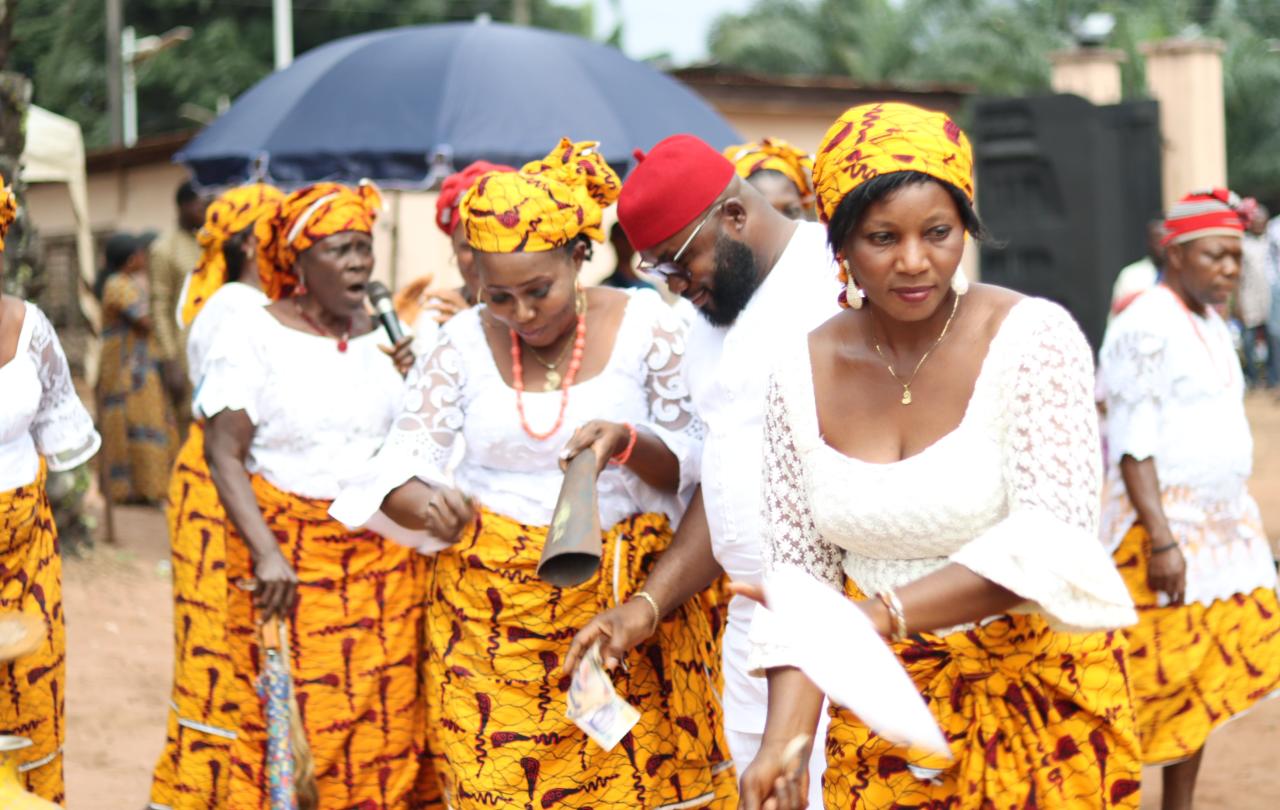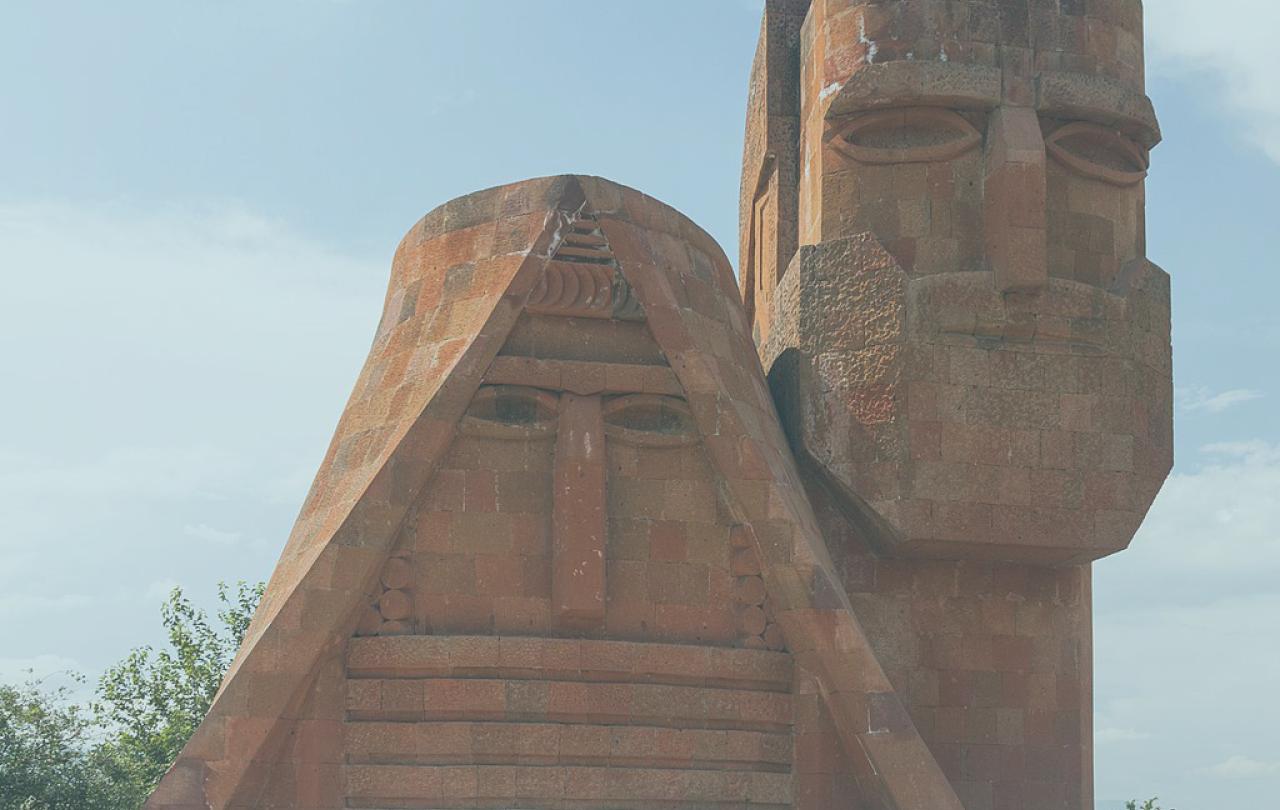
In the past fifty years, African Christianity has exploded to reach all countries in the world. A Nigerian Pentecostal denomination, the Redeemed Christian Church of God, boasts of having congregations in every country in the world. Another African Pentecostal denomination, the Church of Pentecost (from Ghana), is present in 160 countries around the world. Here in the UK, these two are the largest African denominations with almost 1000 and 200 congregations, respectively. Most of their members are African, and the African woman is at the centre of it all (even though, of course, their leadership structures say otherwise). So, this article sets out to show the particular contribution of women to African Christianity.
“To develop a community, you must educate its women.” This is what we were told several decades ago when African countries like Malawi (where I grew up) wanted to encourage communities to send young girls to school. Of course, this is not untrue. Living standards in communities where women had access to schools were noticeably better than in societies where women had not attained basic education. Educationally empowered women tended to help uplift their communities towards better living. While politicians and activists preached about educating young girls, Christian communities took a similar approach to evangelism, mission, and church growth. “If you want to save a community,” they said, “you must convert the women.” They believed that when women became Christians, the men and children in their communities would also convert. A great deal of the evangelistic campaigns was shaped to appeal to women.
African women themselves took advantage of this and became missionaries and evangelists in their own communities. Looking back at that era, there is no doubt that African women played a very significant role in the remarkable spread of Christianity through the continent over the past century. In part, this is why women and girls make up a majority of Africa’s Christian population. While 52 per cent of Africans are female, women and girls make up well over 55 per cent of Christians in many African countries.
Female African evangelists, many of whom would not even identify as such, took the good news to their communities and spoke about the transforming power of Christian faith with fellow women wherever they gathered—whether fetching water, walking to the maize mill or, indeed, for their regular village women’s meetings. Slowly, one by one, they evangelised their families, friends, and co-workers. These went on to convert their own families, clans, and communities too. Men played a role too, and this is often acknowledged. Women’s work, however, is usually under-appreciated. Christian mothers often taught the basics of the faith to their children, tilting their worldview towards Christianity in their formative years. In most cases, Christian women worked as teachers in early primary education. Their Christian faith and lifestyles were part of their teaching and testimony. In teaching primary school Religious Education, for example, many teachers catered to the curious needs of young inquisitive minds living in a religiously charged atmosphere. Alongside this, because of their profession, most female Christian teachers often ran Sunday school classes in many churches.
Furthermore, women often took on the responsibility of praying for their families and communities. The importance of this work cannot be understated. The people I grew up with in Southern Malawi used to say that behind every successful boy or girl is a praying mother. Indeed, my grandmother, one of the female evangelists in our community, used to say, “Our children’s futures are shaped on the knees of the mothers.” Rightly so, bent and broken on their knees, the women of my community prayed for their children’s educational, social, and spiritual well-being. A female Nigerian pastor told me an adage, “If you have not seen an African woman travailing in prayer, you have not seen prayer yet.” Of course, this is hyperbole, but it was said for a reason.
Today, in the 21st century, African women continue to be the backbone of the Christian faith in the continent as well as in the African diaspora.
While African Christian women can be good teachers and build their communities through prayer, it is their commitment to hospitality that stands out.. Their hospitality provided missionaries and evangelists with a platform that helped their work of preaching Christianity. By opening their homes to house the missionaries, even temporarily, and making sure that those who went out to preach the gospel—and this included numerous female evangelists—were fed, they facilitated a network that helped accelerate the growth of Christianity in Africa.
Today, in the 21st century, African women continue to be the backbone of the Christian faith in the continent as well as in the African diaspora. A Burkinabé female theologian, Ini Dorcas Dah, has discussed the role of African women in both the churches as well as in society in her 2017 book appropriately entitled, Women Do More Work Than Men. She is following in the theological footsteps of the matriarch of African women’s theology, Mercy Amba Oduyoye who, back in the 1980s started questioning the male domination of a majority female church in Africa. Oduyoye would, in 1989, start the Circle of Concerned African Women Theologians to enhance the feminist critique of African Christianity. Her book, Daughters of Anowa: African Women and Patriarchy, has grown to become a classic. The Circle continues today as many African female theologians such as Esther Mombo, Telesia Hinga, Isabel Phiri, and Wanjiku Kihuha have picked up the baton and published many books over the past twenty years.
In her master’s research, done in 2018, Modupe Adefala, a Nigerian pastor of Word Fountain Church in Oxford, suggested that African women pioneered a great deal of African origin church ministry work in London. Her biographical sketch of five female Nigerian pioneers in London revealed larger-than-life ministers doing outsized work in the city. Sheila Akomiah-Conteh, a Ghanaian theologian who works for Missio Africanus and teaches at Church Mission Society in Oxford, adds that African women are busy serving God in migrant churches in every city in the country—churches that are usually unseen, making the work of the women serving in them even more hidden from society. They silently do what they need to do, away from the spotlight. Both of them are keen to recognise that a younger generation of female African Christians is emerging that is ready to serve while living right in the spotlight. Modupe’s daughter, Wonuola, carries a good portion of her ministry on Instagram. She is one of many young African women ministering significantly on social media.
To get back to the statement at the beginning of this article, Akomiah-Conteh is concerned that African women have very little access to theological education and ministry training. She is right. Wanjiku Kihuha says that as a female theologian teaching in Nairobi, she is usually the only female in her classes. Another scholar added that for every 15 males in theological education in East Africa, there is only one female. This incongruence, especially in a church context where females significantly outnumber males, is quite troubling. Here in the diaspora, it is not too different. African women theologians are hard to come by, and when one is found, she will most likely be overstretched between family, ministry, and a career. African churches are an increasingly prominent presence in UK cities and towns. For them to have the deep positive impact that they have the potential to bring, we need both to pay attention and to support the women who so often are the backbone of these churches
Missio Africanus, has a commitment to equip and empower African women both through theological education and ministry training. It is convinced that to mature a Christian community, its women must have access to theological education. It welcomes any support we can get for this.

